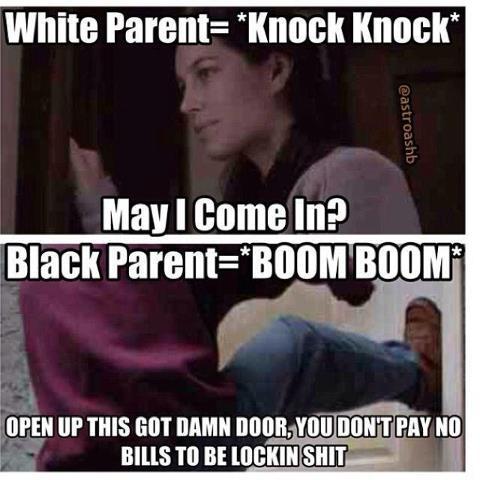When reading Safe Spaces this week the one thing that kept popping into my mind is the popular "It Gets Better Project".
You may have seen commercials or YouTube videos featuring the campain.
Started in 2010 by Dan Savage, author, journalist and newspaper editor
with the help of his husband Terry Miller, the project began with a
video of Dan and Terry discussing their belief that life as a gay person
does in fact get better. They begin the video discussing their
upbringings and how difficult it was going through the catholic school
system as a gay youth. Within the first two minutes of the video, Dan
Savage says: "Your life can be amazing, but you have to tough this
period of it out and you have to live your life so that you're around
for it to get amazing"
Dan and Terry's bravery in sharing their story
has led to thousands upon thousands of replies from people around the
world sharing their own personal stories and passing along comforting
thoughts to those struggling with being an LGBT youth. Even President
Obama joined in on the growing campaign to share his thoughts: To me, the It Gets Better Project and Safe Spaces are directly correlated. With the intent of preventing suicide of LGBT youth, the gay adults featured in the It Gets Better videos share their stories of life improving after completing the traditional K-12 schooling. At the same time, Safe Spaces aims to share ways in which the K-12 experience can be improved for LGBT youth. Safe Spaces suggests that the more students are introduced to LGBT topics, the less taboo and alienated it becomes. In fact if evey class was identical to some of those featured in Safe Spaces, perhaps there wouldn't even be a need for the It Gets Better Project. But unfortunately that isn't the case and we don't live in a perfect world. So for now, there is a need for LGBT support groups such as It Gets Better. But who knows, maybe someday there won't be such a stigma associated with being LGBT. For now though, LGBT youths need to remeber...It Gets Better
Below I've included links to all of the It Gets Better Project's social media sites in case you're looking for more information on the campaign:
YouTube Channel:http://www.youtube.com/channel/UCblryhVf-nnueGdOKZtmLZA
Twitter:https://twitter.com/itgetsbetter
Facebook Page:https://www.facebook.com/itgetsbetterproject
Or you can also visit http://www.whitehouse.gov/itgetsbetter to see more videos from White House officials.
Thanks for reading this week !













